Technically, there are no foods that are completely zero in carbs. Like other foods, all fruits and vegetables contain some amount of carbohydrates, albeit in minimal amounts. But you can find some fruit and vegetables that contain nearly 1 gram of carbs per serving.
However, you can find some fruits and vegetables have very low carbs levels. They can be classified as having “zero carbs” if you are looking for a low-carb diet.
For example, avocados, olives, tomatoes, cucumbers, and berries (such as strawberries, raspberries, and blackberries) are fruits with relatively low levels of carbs. Some of those have no more than 1 gram of carbs per serving.
Also, leafy greens (such as spinach, kale, and lettuce), cruciferous vegetables (such as broccoli, cauliflower, and cabbage), asparagus, radishes, bell peppers, and mushrooms are all vegetables that have relatively low levels of carbs. Some of those vegetables have no more than 1 gram of carbs per serving.
It’s important to remember that these foods have low carbs levels but still contain other nutrients. So it would be best if you consumed those as part of a healthy and balanced diet. Also note that the nutritional content of foods can vary depending on factors such as the type of food, where it was grown, how it was stored, and how it was prepared for eating.
Here you will find the best 0-carb fruits and vegetables and their values in detail.
0 carb fruits
Avocados
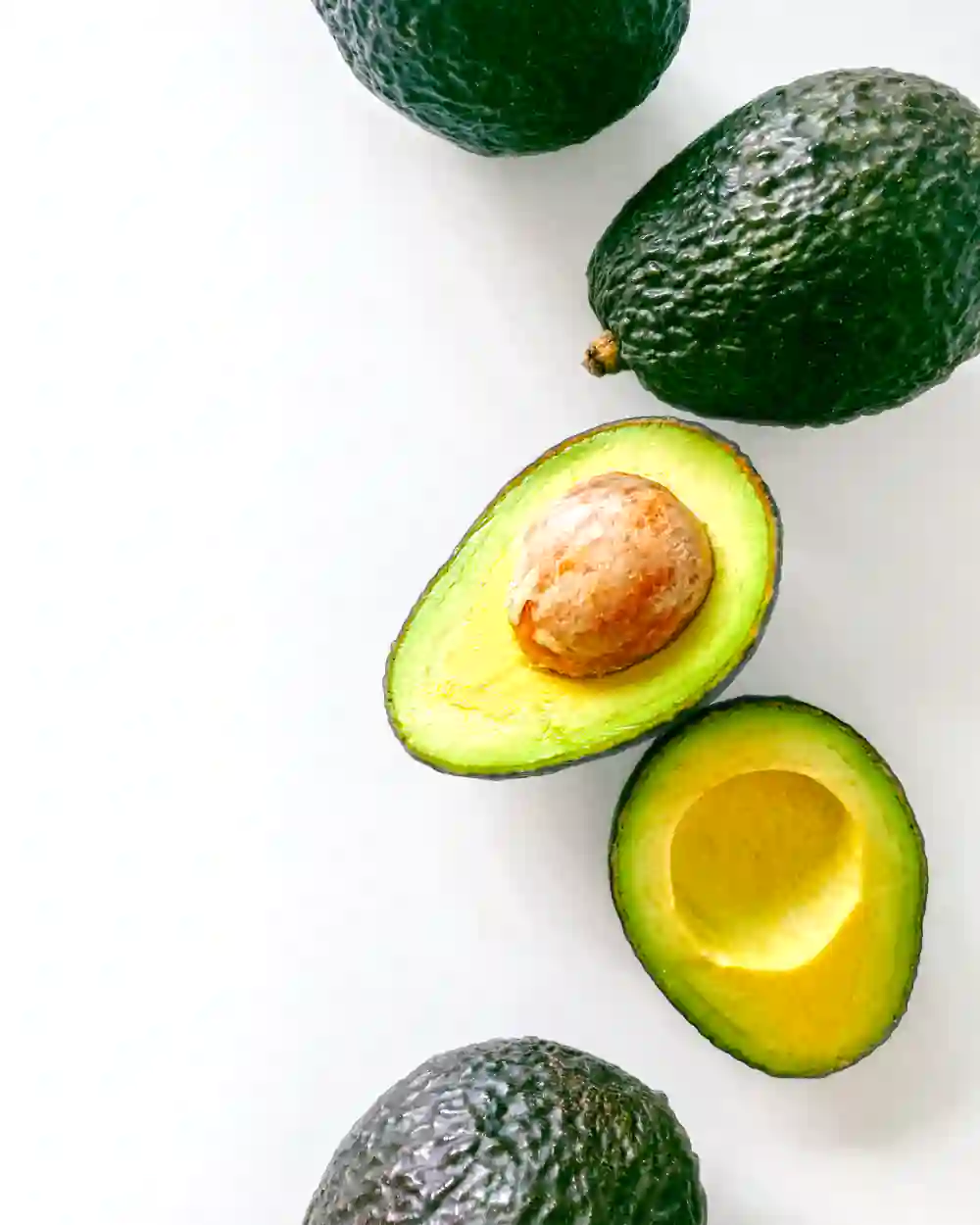
Avocados are a type of fruit with relatively low carbs levels, with approximately 2 grams of carbs per 1-ounce (28-gram) serving. It’s not completely a “zero carb” fruit, but you can consider avocados as a low-carb food. You can include avocados in a low-carb diet as part of a healthy and balanced eating plan.
Avocados are a good source of healthy fats and contain vital nutrients, including vitamin E, potassium, and folate. They are also a good source of antioxidants and have been shown to have potential health benefits, such as helping to lower cholesterol levels and reduce the risk of heart disease.
However, avocados are also high in calories, and you should consume them in moderation. It’s also important to note that the nutritional content of avocados can vary depending on factors such as the type of avocado and how they were grown, harvested, and ripped.
Olives
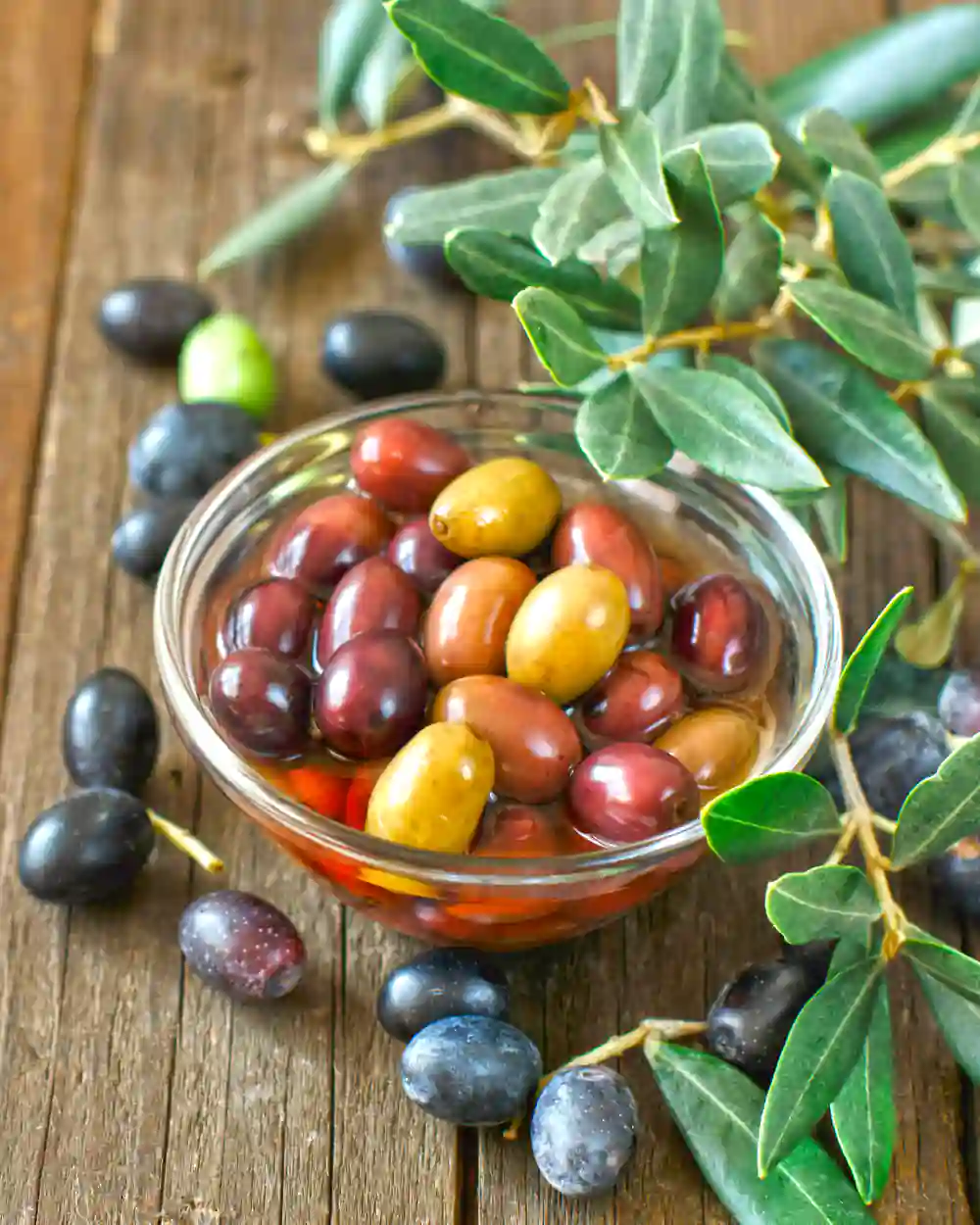
Olives are considered a type of fruit that has zero carbs. Olives are a good source of healthy fats and contain various important nutrients, including vitamin E, iron, and calcium.
They are also a good source of antioxidants and have been shown to have potential health benefits, such as helping to lower blood pressure and reduce the risk of heart disease. However, olives are also high in calories and should be consumed in moderation as part of a healthy and balanced diet.
Some olives may have slightly higher levels of carbs due to the inclusion of additives or preservatives, such as brine or vinegar. So it’s important to check the nutrition label or ingredient list if you are following a low-carb diet.
Tomatoes
Tomatoes are a type of fruit with relatively low levels of carbs. It has approximately 2-4 grams of carbs per 1-cup (149-gram) serving, depending on the tomato’s size and variety. This is not a completely “zero carb” fruit, and you can consider tomatoes as a low-carb food.
Tomatoes are a good source of vitamins and minerals, including vitamin C, potassium, and lycopene. They are also a good source of antioxidants and have been shown to have potential health benefits, such as helping to reduce the risk of certain types of cancer and heart disease.
Cucumbers
The cucumber belongs to the Cucurbitaceae family, which includes other fruits such as watermelons, pumpkins, and squash. Cucumbers are typically consumed as vegetables, but they are botanically classified as fruits because they contain seeds and result from a flower’s fertilization.
Therefore cucumbers are a type of fruit with relatively low levels of carbs, with approximately 2 grams of carbs per 1-cup (104-gram) serving of sliced cucumbers. This is not a completely “zero carb” fruit, but you can consider it a low-carb food and include it in a low-carb diet.
Cucumbers are a good source of hydration and contain various vital nutrients, including vitamin K, potassium, and manganese. They have possible health benefits, such as helping to lower blood pressure and reduce the risk of heart disease. However, cucumbers are also relatively low in calories and should be consumed as part of a healthy and balanced diet.
Berries
Berries are a type of fruit that generally have relatively low levels of carbs. Some types of berries have no more than 1 gram of carbs per serving. For a healthy diet, you can consider berries as low-carb fruit and add strawberries, raspberries, or blackberries as fruits.
Berries are a good fibre source and contain various essential nutrients, including vitamin C, potassium, and manganese. They are also a good source of antioxidants and have been shown to have potential health benefits, such as helping to reduce the risk of heart disease and certain types of cancer. However, berries are also relatively low in calories, and you should eat them as part of a balanced diet.
0 carb vegetables
Leafy greens
Leafy greens, such as lettuce, spinach, arugula, and kale, are close to being 0-carb, and you can consider them as 0-carb vegetables. They contain minimal amounts of carbohydrates and are low in calories. They are also high in fibre and nutrients such as vitamin K and folate.
Here is an analysis of the carbohydrate content of some common leafy greens:
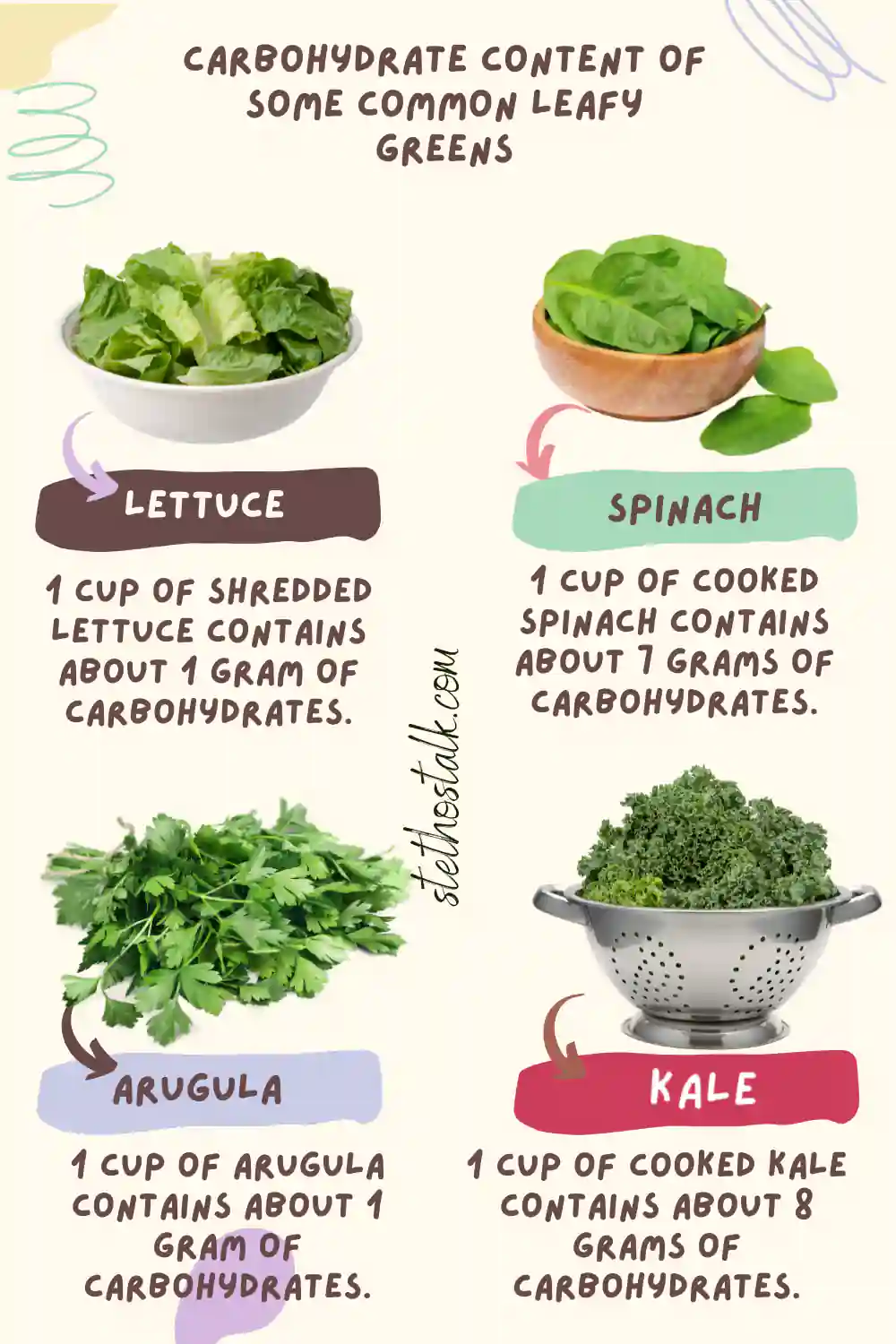
Cruciferous vegetables
Cruciferous vegetables, such as broccoli, cauliflower, cabbage, and Brussels sprouts, are low in carbohydrates. They are also low in calories and high in fiber and nutrients such as vitamin C and potassium.
Here you can find how much carbohydrate content is in one cup of cooked cruciferous vegetables.
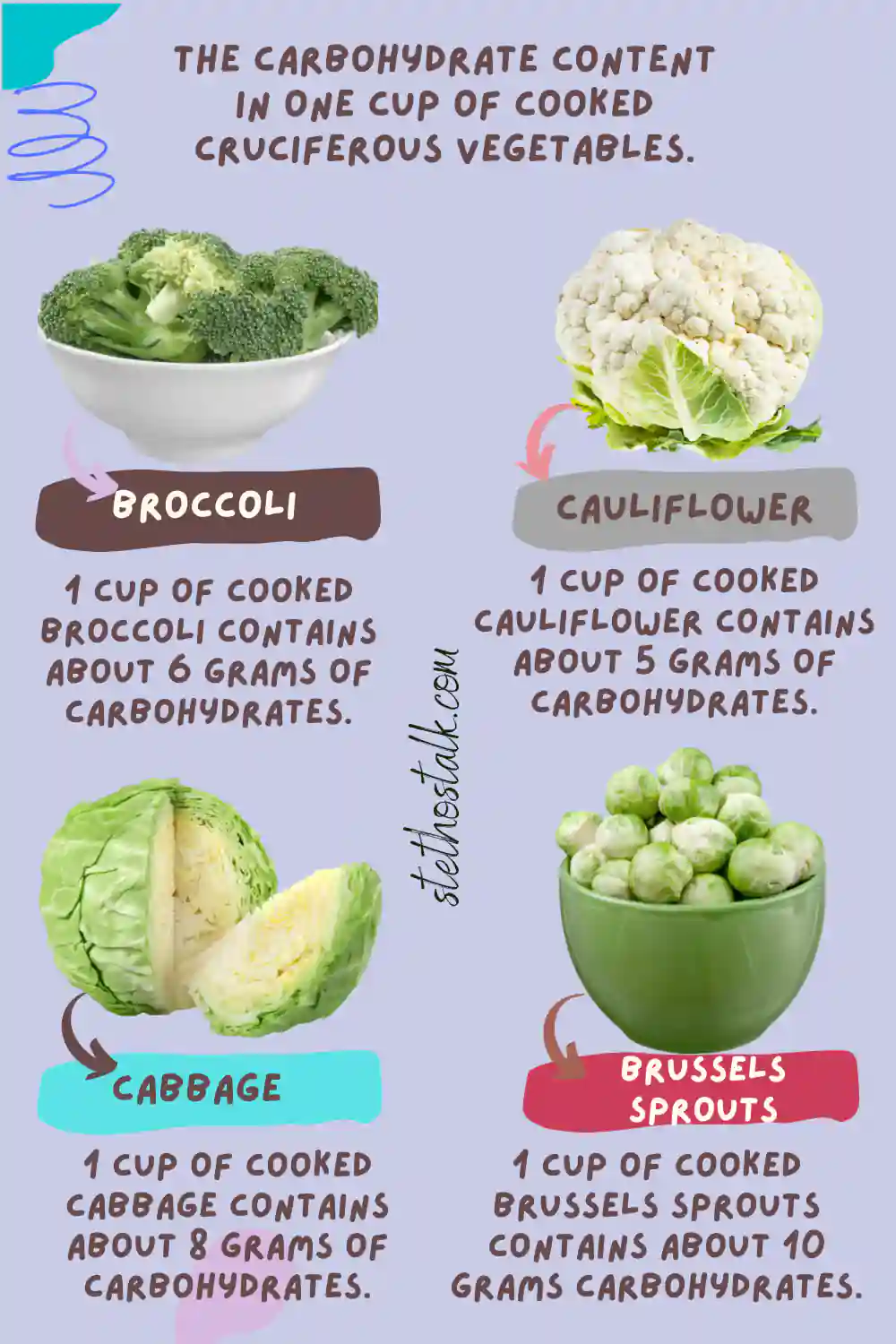
Zucchini
Zucchini is a fantastic vegetable that’s good for a low-carb diet. It is a good source of fiber and several vitamins and minerals, including potassium and vitamin C. One cup (about 124 grams) of raw zucchini contains approximately 4 grams of carbs.
If you are a champ at cooking, you can use zucchini as a versatile ingredient that can be used in various dishes, such as stir-fries, salads, and baked goods. If you are trying to manage your carbohydrate intake or follow a low-carb diet, zucchini is a vital veg that should be in your dish.
Mushrooms
Mushrooms range from white to small brown mushrooms to more exotic shiitakes. These are low-carb but also packed with other nutrients such as protein, fiber, and several vitamins and minerals. One cup (about 72 grams) of raw mushrooms contains approximately 3 grams of carbs.
Mushrooms are also a good source of antioxidants and have been shown to have potential health benefits, such as reducing inflammation and improving immune function.
Celery
Celery is about 95 percent water, so it’s no surprise that it’s a low-carb food. One cup (about 100 grams) of raw celery contains approximately 2 grams of carbs.
In addition to being low in carbs, celery is a good source of fiber and several vitamins and minerals, including vitamin K and potassium. You can get an extra dose of vitamin K for stronger bones by eating celery.
Celery is also a good source of antioxidants and shows its potential health benefits, such as reducing inflammation and improving heart health. It is a versatile ingredient that you can use in various dishes, including soups, salads, and stir-fries.
FAQ
Is there any food with zero carbohydrates?
There are no foods that are completely free of carbohydrates. Carbohydrates are one of the three macronutrients that provide energy to the body, along with protein and fat. All foods contain at least some amount of carbohydrates, even those considered low in carbs.
Can your brain live without carbs?
Your brain relies on carbohydrates as a source of energy. Carbohydrates are converted into glucose, used by the brain and other organs as a fuel source. Without sufficient carbohydrates, the body may not be able to produce enough glucose to meet the energy needs of the brain and other organs.
What to eat when you’re hungry on a low carb diet?
When following a low-carb diet, it is crucial to choose foods that are high in protein and healthy fats and low in carbohydrates. You can eat meat, poultry, fish, eggs, non-starchy vegetables, and healthy fats when you’re hungry on a low-carb diet.
What are the cleanest carbs?
Clean carbs are defined as unprocessed, whole foods that are high in nutrients and low in added sugars and unhealthy fats. Examples of clean carbs are fruits, vegetables, whole grains, legumes, nuts, and seeds.

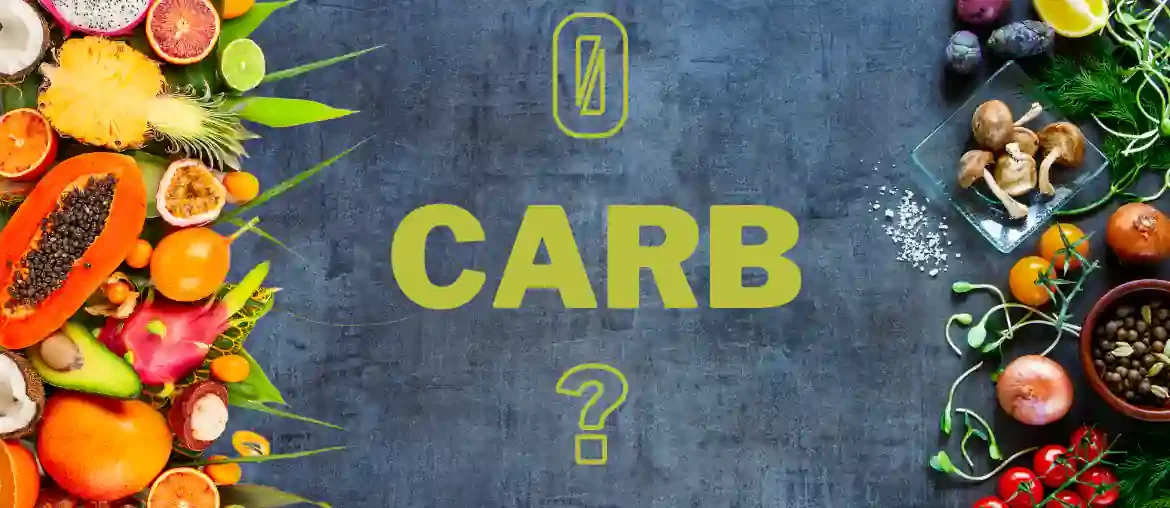
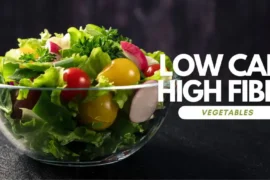

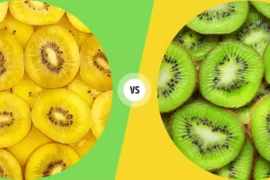


![Raspberry Wine Benefits [Top 10] Raspberry wine benefits](https://www.stethostalk.com/wp-content/uploads/2022/12/Raspberry-wine-benefits-270x180.webp)